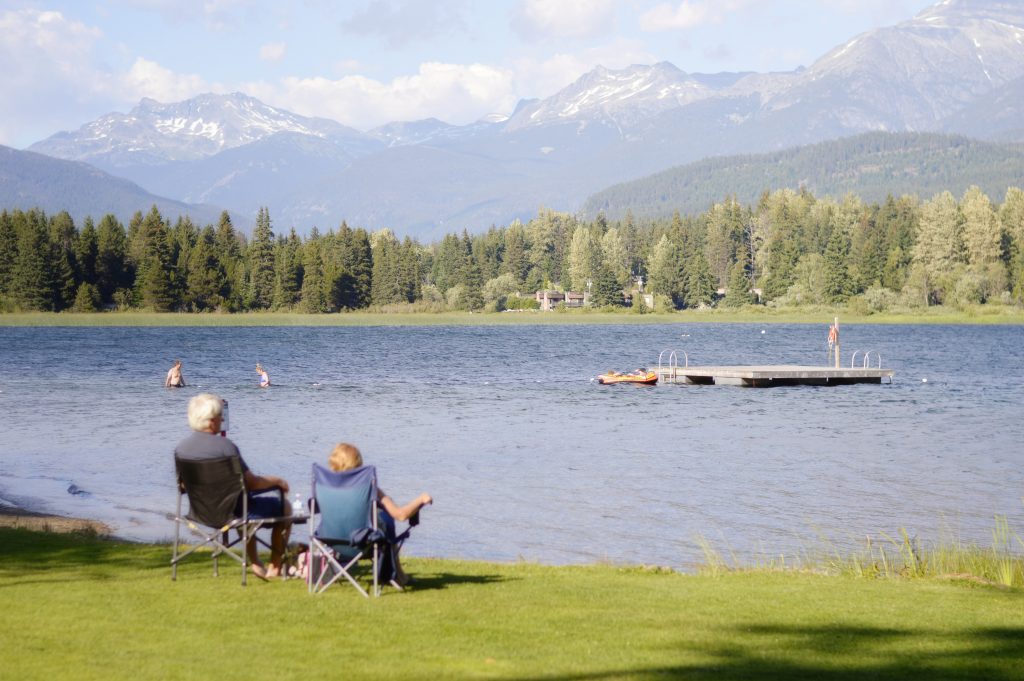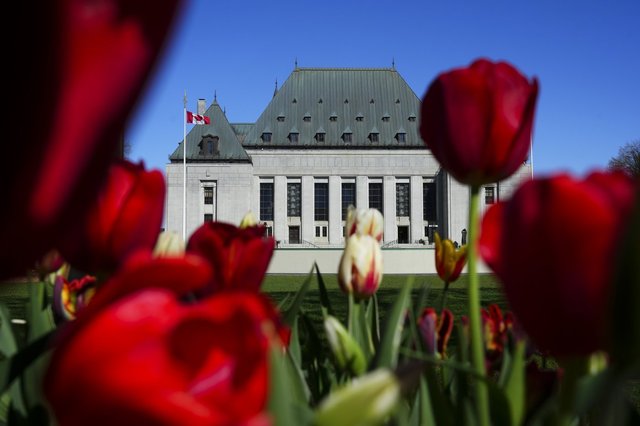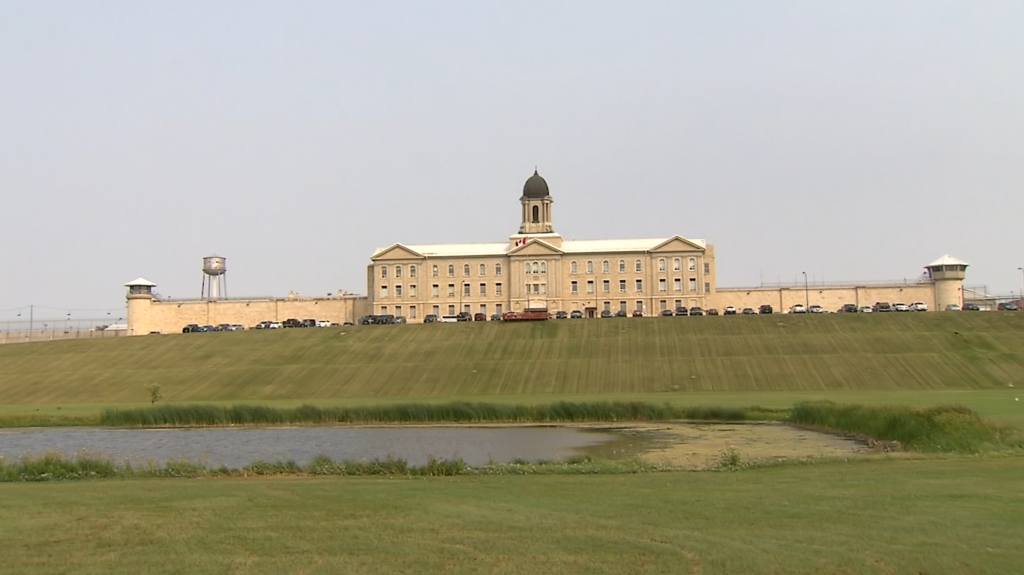Federal government invests $650M to restore Canada’s watersheds

Posted January 22, 2024 1:58 pm.
The federal government is investing $650 million over the next 10 years into the Freshwater Action Plan to protect and restore water quality and ecosystem health in Canada’s major watersheds.
“The trajectory is not a favourable one right now, but we can change it,” said Dr. Karen Scott, the director of programs of Lake Winnipeg Research Consortium.
Canadian groups and organizations with freshwater projects can now apply for funding under five Freshwater Ecosystem Initiatives, including Lake Simcoe in Ontario, Wolastoq/Saint John River in New Brunswick, the Great Lakes, Lake of the Woods in Western Ontario, and Lake Winnipeg.
The funding for these projects will support monitoring, assessment, and restoration work in these bodies of water.
“These projects will also support the Canada Water Agency’s efforts to improve freshwater management in Canada by providing leadership, effective federal cooperation and collaboration, improved coordination with provinces and territories, as well as strong ongoing collaboration with First Nations, Inuit, and Metis people,” said Terry Duguid, Parliamentary Secretary to the Prime Minister and Special Advisor for Water.
Canada has more than 2 million lakes and rivers – housing some of the largest lakes in the world. Manitoba’s Lake Winnipeg is one of them.
Its watershed spans one million kilometres, draining 90 per cent of the agricultural land in Canada, but the vast body of water is in danger of becoming a dead lake, due to increased algae blooms.
“What we see is only a small piece of a very complex puzzle. There are many changes and processes taking place in Lake Winnipeg that we don’t see. We simply cannot see until we measure them,” said Dr. Scott.
Alexis Kanu from the Lake Winnipeg Foundation says the algae blooms are caused by the nutrient phosphorus, which is produced from by human activities.
“We need to manage those systems that treat our manure and treat our sewage in a way that prevents phosphorus that gets into our waterways and so I am encouraged by the direction of this new federal investment because they have spoken about targeting, targeting phosphorous hotspots, finding those larger sources of phosphorus and making sure that’s where we are investing in solutions,” said Kanu.
Baljot Rai is a grade 12 student in Winnipeg. He is testing different ways to prevent further harm in Lake Winnipeg. Rai says it’s important to get solutions as soon as possible before it is too late.
“Fixing our lakes, restoring our lakes, and preserving them is really a journey that requires all Canadians. I think it is up to all of us to inform ourselves, educate ourselves, and to take initiative in any way possible using the talents we have and I think that really is the key to a future of environmental action,” said Rai.








